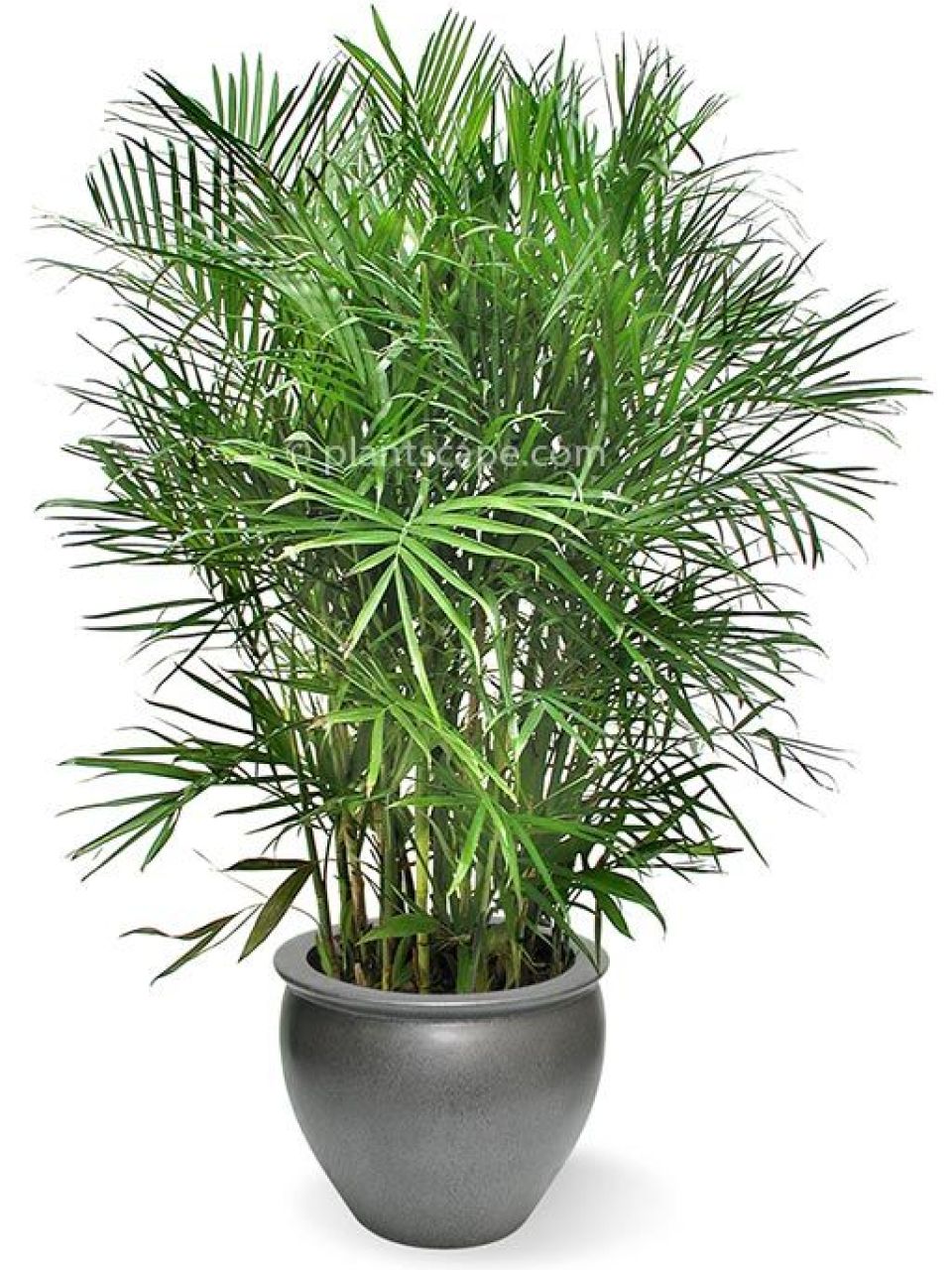
Article Detail
26 May
A PROMISING, ECONOMICAL SOLUTION TO INDOOR AIR POLLUTION The first and most obvious step in reducing indoor air pollution is to reduce off-gassing from building materials and furnishings before they are allowed to be installed. The National Aeronautics Space Administration (NASA) identified indoor air pollution problems associated with sealed space habitats over 16 years ago.(1) Although a final solution to the trace contamination problems in these sealed environments has not been found, NASA does screen for off-gassing all new materials that are to be used in future space structures.
The answer to these problems is obvious. If man is to move into closed environments, on Earth or in space, he must take along nature’s life support system. This is not easily achieved,
In this study the leaves, roots, soil, and associated microorganisms of plants have been evaluated as a possible means of reducing indoor air pollutants. Additionally, a novel approach of using plant systems for removing high concentrations of indoor air pollutants such as cigarette smoke, organic solvents, and possibly radon has been designed from this work. This air filter design combines plants which simulate the production of oxygen.
The following plants were screened: Common Name Scientific Name
Bamboo palm

Chinese evergreen

English ivy

Ficus

Gerbera daisy
Janet Craig
Marginata
Mass cane/Corn cane

Mother-in-law’s tongue
Peace lily Pot
Warneckei

Chrysanthemum

They were kept in their original pots and potting soil, just as they were received from the nursery, and were maintained in greenhouses between tests. Harith Tharang is proud to display all the above plants that is readily available to the customers at all times.
Visit our showroom at 42, Bazullah Rd, T. nagar 9841937297 | 04465275990



